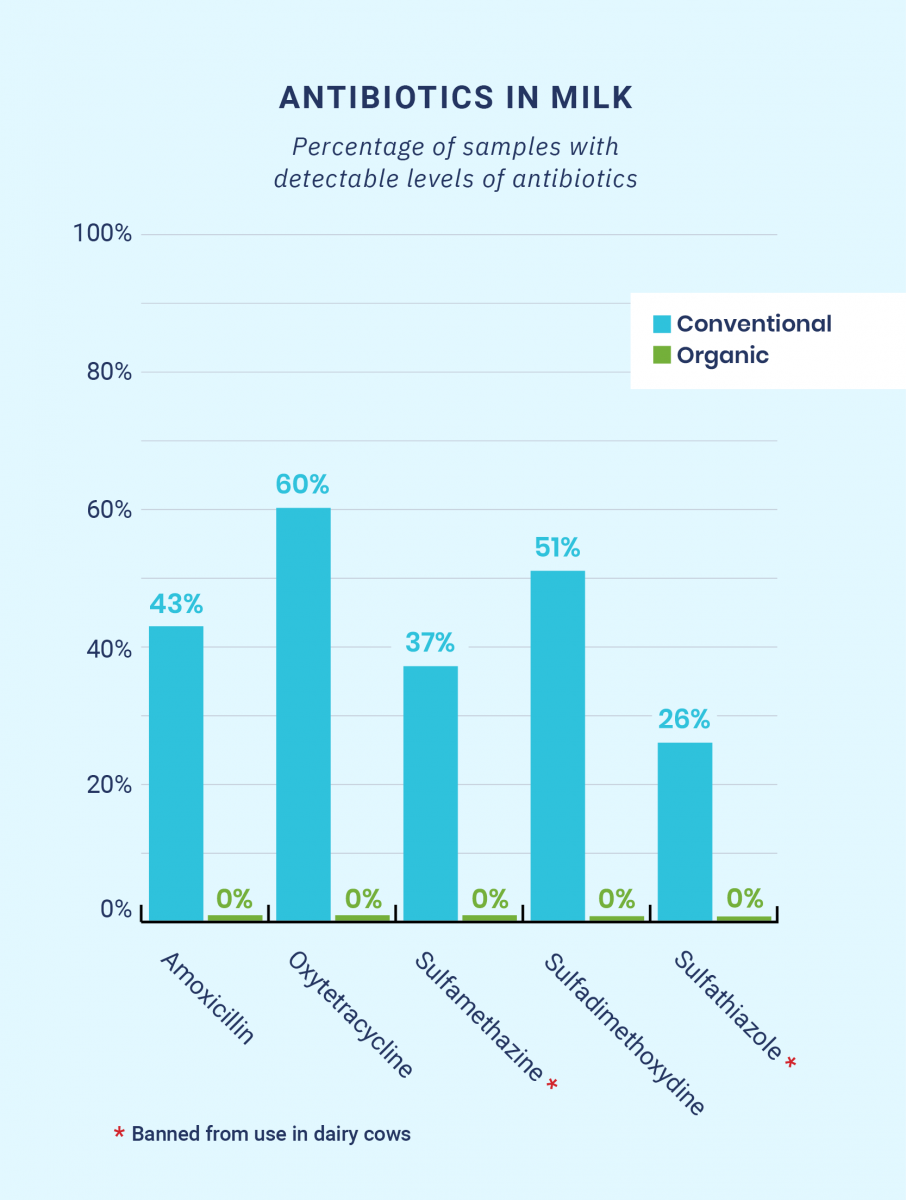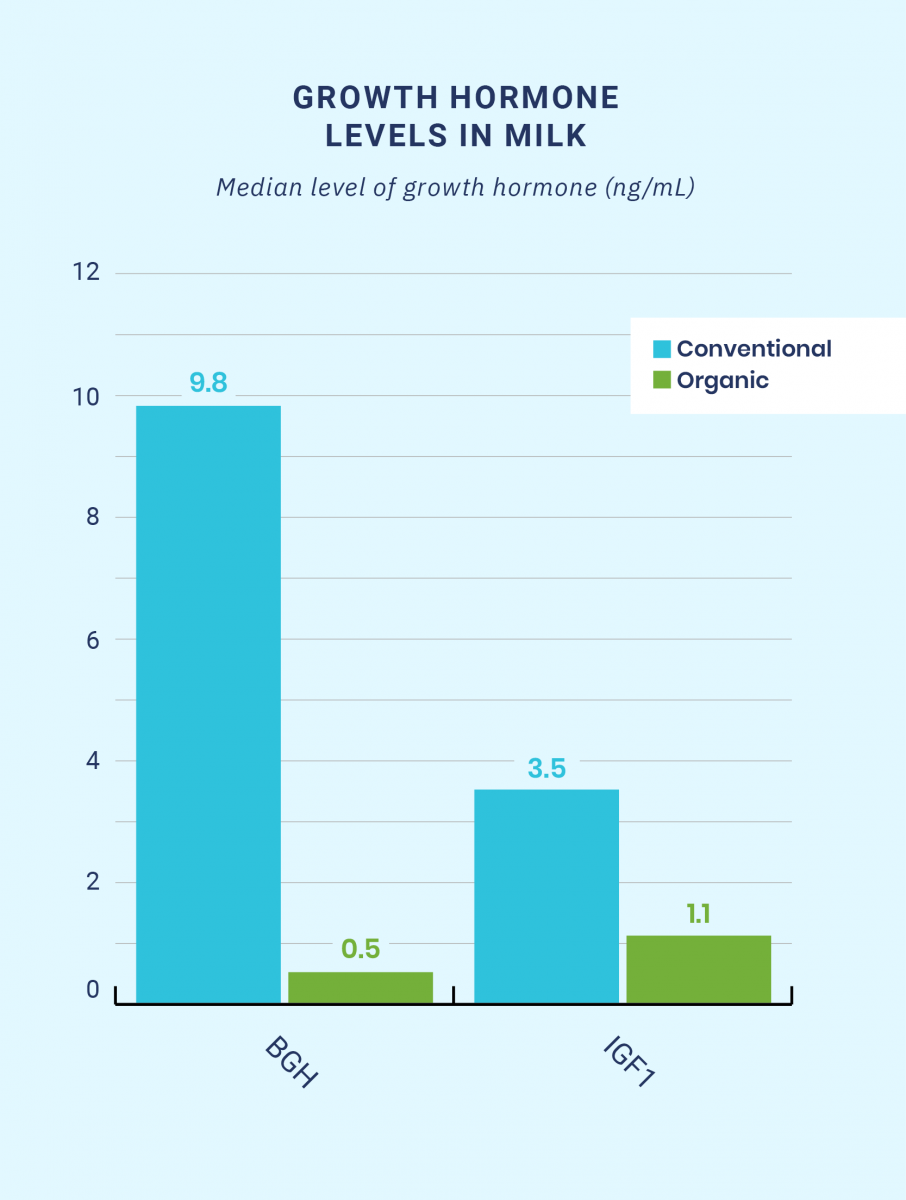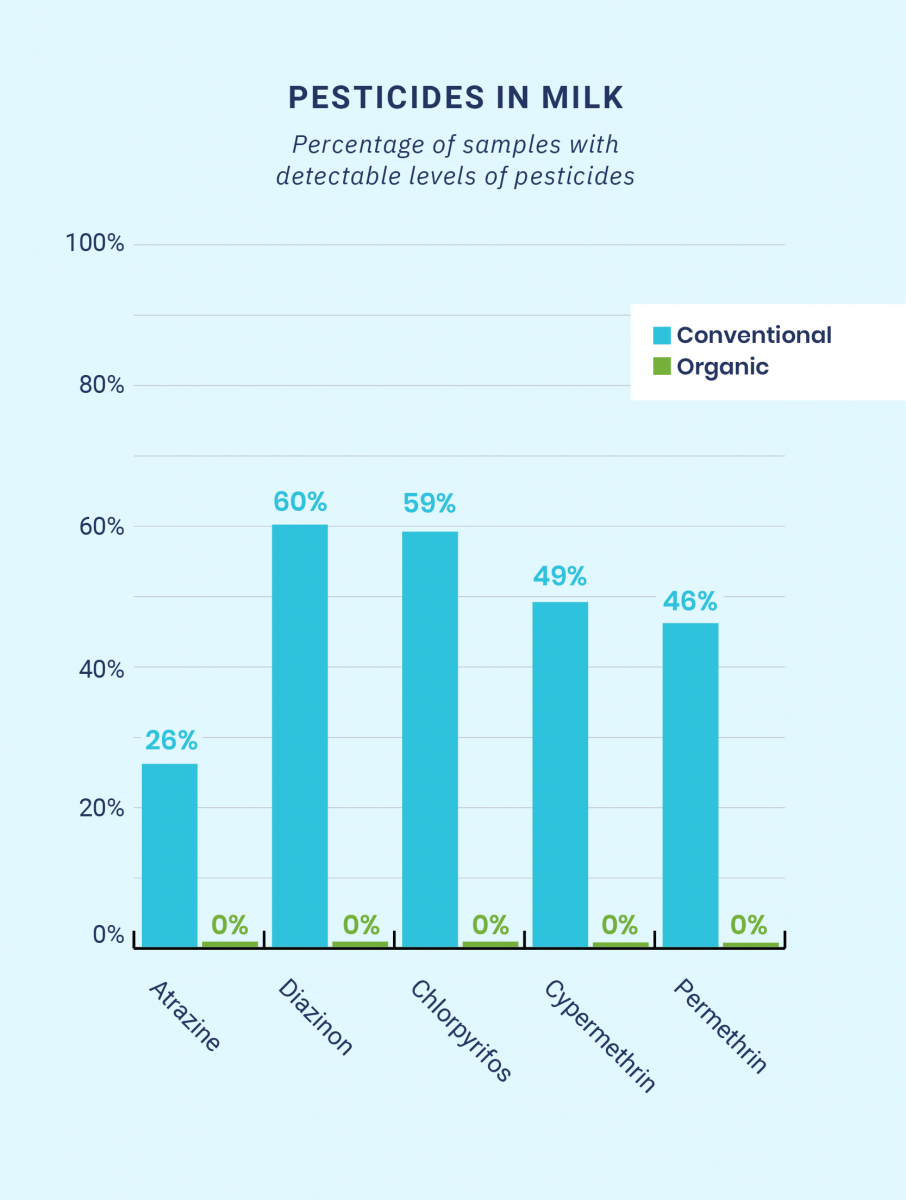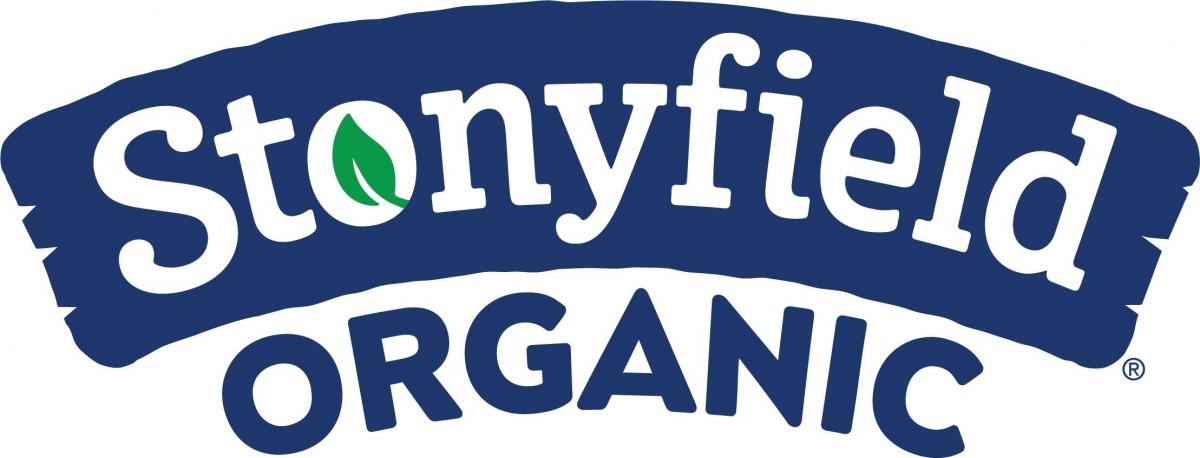The good news, when it comes to organic dairy, is that choosing organic dairy is an easy way to avoid pesticide, antibiotic, and synthetic growth hormone residues.
A study out of Emory University, in collaboration with The Organic Center, tested conventional and organic milk from store shelves across nine regions of the U.S. and found that a majority of conventional milk samples tested positive for residues of antibiotics and currently used controversial pesticides. Two of detected antibiotics have been entirely banned from dairy production in the U.S., while one sample contained levels of amoxicillin that exceeded the FDA allowable limits. Pesticide residues of pesticides chlorpyrifos, atrazine, permethrin and more were found in 26 to 60 percent of conventional samples but none of the organic samples. Finally, residues of growth hormones in conventional milk were 20 times higher than in organic. The results of this study indicate that organic milk is a clean and safe choice for those interested in avoiding synthetic chemicals in their dairy products.
Learn more about this study
Here are highlights from the findings:

Antibiotic residues were detected in 60% of conventional milk samples. 37% of the samples tested positive for sulfamethazine, and 26% for sulfathiazole, both of which have long been outlawed in lactating dairy cows. One of the samples contained residue of amoxicillin that exceeded the federally allowed limit.

Bovine growth hormone (bGH) residue levels were found to be 20 times higher in conventional milk than organic.

Pesticide residues of chlorpyrifos, atrazine, permethrin and more were found in 26 percent to 60 percent of the conventional samples, with residues of the controversial and restricted-use pesticide chlorpyrifos in 59% of the conventional samples.
The study shows that organic is an easy way to avoid contaminants in milk, providing consumers with an option free of commonly used antibiotics, pesticides and synthetic growth hormones.





